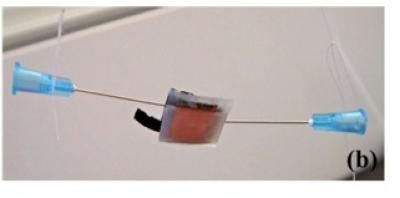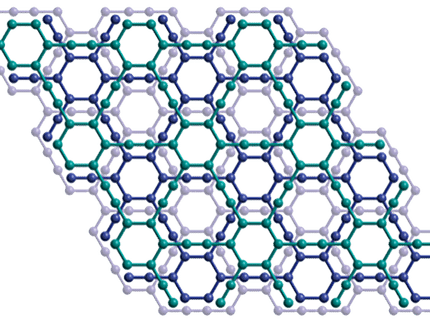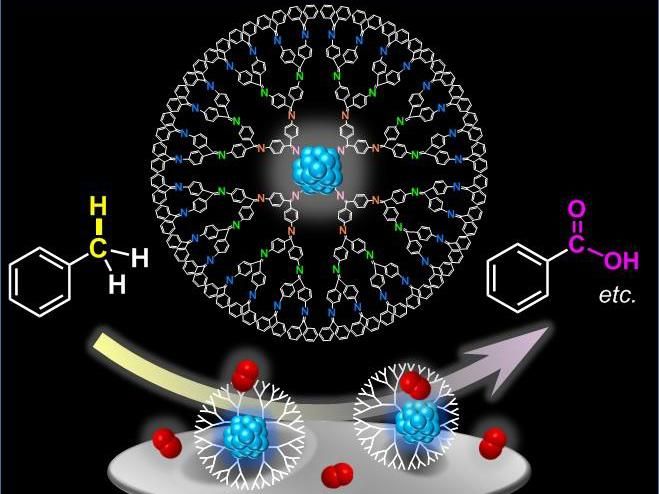Communications potential of graphene
Providing secure wireless connections and improving the efficiency of communication devices could be another application for graphene, as demonstrated by scientists at Queen Mary University of London and the Cambridge Graphene Centre.
Often touted as a wonder material, graphene is a one-atom thick layer of carbon with remarkable, record breaking properties. Until now its ability to absorb electromagnetic radiation – energy from across the radio frequency spectrum – was not known.
Publishing in the journal Scientific Reports, the scientists demonstrated that the transparent material increased the absorption of electromagnetic energy by 90 per cent at a wide bandwidth.
"The technological potential of graphene is well-known. This paper demonstrates one example of how that potential can translate into a practical application," said Yang Hao, co-author of the study and Professor of Antennas and Electromagnetics at Queen Mary's School of Electronic Engineering and Computer Science.
"The transparent material could be added as a coating to car windows or buildings to stop radio waves from travelling through the structure. This, in turn, could be used to improve secure wireless network environments, for example."
The researchers placed a stack of layers of graphene supported by a metal plate and the mineral quartz to absorb the signals from a millimetre wave source, which allows the efficient control of wave propagation in complex environments.
Co-author Bian Wu, who is at Queen Mary from Xidian University in China on a scholarship from China Scholarship Council, added: "The stacking configuration gives us better control of the interaction between radio waves and the graphene."
The group is now developing prototypes like wireless networks, which are aimed to take the graphene from lab-based research to engineering applications.
Most read news
Other news from the department science

Get the chemical industry in your inbox
By submitting this form you agree that LUMITOS AG will send you the newsletter(s) selected above by email. Your data will not be passed on to third parties. Your data will be stored and processed in accordance with our data protection regulations. LUMITOS may contact you by email for the purpose of advertising or market and opinion surveys. You can revoke your consent at any time without giving reasons to LUMITOS AG, Ernst-Augustin-Str. 2, 12489 Berlin, Germany or by e-mail at revoke@lumitos.com with effect for the future. In addition, each email contains a link to unsubscribe from the corresponding newsletter.































































